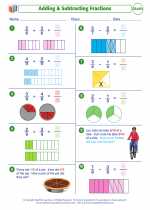Add/Subtract Fractions
When adding or subtracting fractions, it's important to make sure the denominators (the bottom numbers) are the same. If they are not the same, you need to find a common denominator before performing the operation. Here are the steps to add or subtract fractions:
Adding Fractions:
Step 1: If the fractions have different denominators, find the least common denominator (LCD).
Step 2: Once you have the LCD, rewrite each fraction so that they have the same denominator.
Step 3: Add the numerators (the top numbers) together and keep the denominator the same.
Step 4: Simplify the fraction, if necessary.
Subtracting Fractions:
Step 1: If the fractions have different denominators, find the least common denominator (LCD).
Step 2: Once you have the LCD, rewrite each fraction so that they have the same denominator.
Step 3: Subtract the numerators (the top numbers) and keep the denominator the same.
Step 4: Simplify the fraction, if necessary.
Study Guide:
Here are some key points to remember when adding or subtracting fractions:
- Always make sure the denominators are the same before adding or subtracting.
- To find the LCD, identify the least common multiple of the denominators.
- When adding, simply add the numerators and keep the denominator the same.
- When subtracting, subtract the numerators and keep the denominator the same.
- Always simplify the resulting fraction, if possible, by finding the greatest common factor of the numerator and denominator.
Practice solving addition and subtraction problems with fractions to reinforce your understanding of the concept.
.◂Math Worksheets and Study Guides Fourth Grade. Add/Subtract Fractions
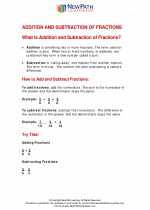
 Activity Lesson
Activity Lesson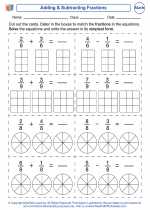
 Worksheet/Answer key
Worksheet/Answer key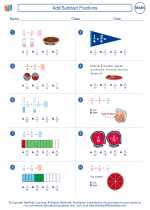
 Worksheet/Answer key
Worksheet/Answer key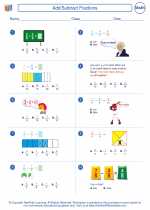
 Worksheet/Answer key
Worksheet/Answer key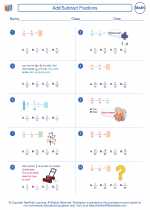
 Worksheet/Answer key
Worksheet/Answer key